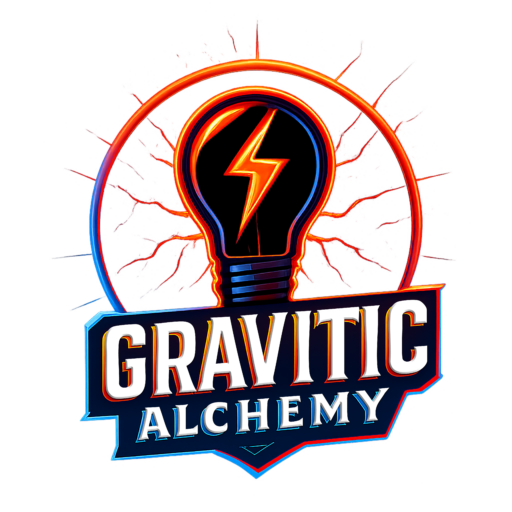Not Falling Around the Sun — Riding the Trough of a Solar Wave
In traditional physics, orbital motion is described as an endless fall: a planet moving fast enough sideways that, as it falls toward the Sun, the curved surface of its orbital path keeps it from ever hitting it. It’s poetic, but it’s wrong.
Acoustic Gravitic Theory replaces this metaphor with something more grounded — and more buildable.
Planets don’t fall. They resonate.
The Sun isn’t just a source of light and heat — it is a resonant wave engine. From its violent and continuous surface explosions emerge a cascade of magnetosonic waves, Alfvén waves, and ELF/ULF oscillations that ripple through the plasma of the heliosphere. These waves propagate outward in all directions, creating standing wave structures in the solar plasma — not unlike the ripples on a vibrating drumhead or the rings in a cymatic experiment.
Each planet finds its stable position not because of gravity wells, but because of wave nodes — zones where pressure is lowest, impedance matches are highest, and oscillatory fields reinforce equilibrium. This creates invisible “troughs” of stable pressure — resonant pockets that planets lock into.
Earth orbits where it does because that’s where the 2244th harmonic of the Sun’s magnetosonic standing wave lands, given its speed (~400 km/s) and dominant p-mode oscillation (~3 mHz). Mars and Venus align to harmonics of their own. These are not gravitational miracles — they are harmonic inevitabilities.
Why This Changes Everything
From Passive Mass to Resonant Placement
When you know that orbits are created by standing wave fields — not gravity wells — you no longer need dark matter to explain galactic cohesion. You don’t need gravity to act instantly across cosmic distances. You don’t even need Einstein’s spacetime warping.
Instead, you can predict where planets should be, why they rotate, and even why their orbital shells don’t crash into each other — all from wave mechanics.
And that means we can build with this knowledge.
If orbital placement is a matter of impedance matching and frequency tuning, then spacecraft don’t need massive boosts to escape gravity wells. They need to harmonize with the field. That’s the first step toward interplanetary positioning systems, wave-based navigation, and stable artificial orbits powered by frequency, not thrust.
With this theory, we stop imagining space as a place where we fall…
…and start seeing it as a structure we can ride.
This is orbital motion not as a balancing act, but as a song — one we can learn, engineer, and even compose.
